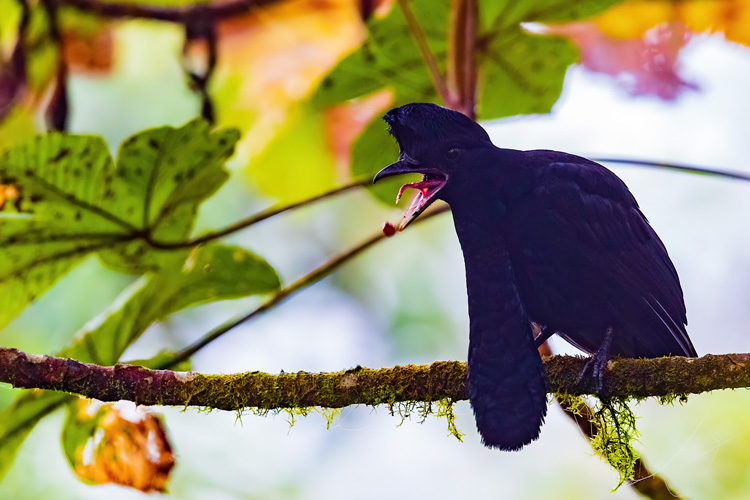Mississippi Kites in Burke, Virginia
While driving through Burke in late-June on our way to a hike we spotted a Mississippi Kite (Ictinia Mississippiensis) circling overhead near a neighborhood where they had nested a few years ago. A day or two later we scouted the neighborhood and discovered two adults and one subadult perched and flying in their favorite Burke nesting neighborhood.
Adult Mississippi Kite (Ictinia mississippiensis)
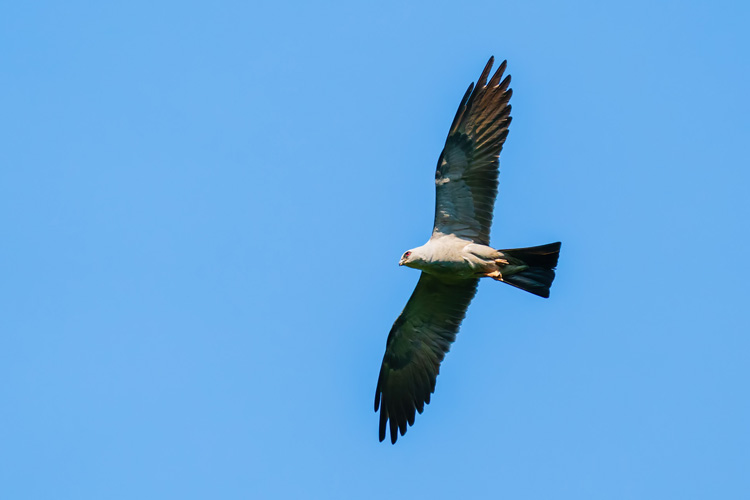
A subadult kite was seen carrying and playing with nesting material, but an adult was observed carrying fresh green sprigs to a tree, assumed to contain a nest. Kites are known to periodically add green nesting material to a nest during nesting, but no one knows why.
Subadult (almost 1 year old) Mississippi Kite (Ictinia mississippiensis) playing/practicing with nesting material.
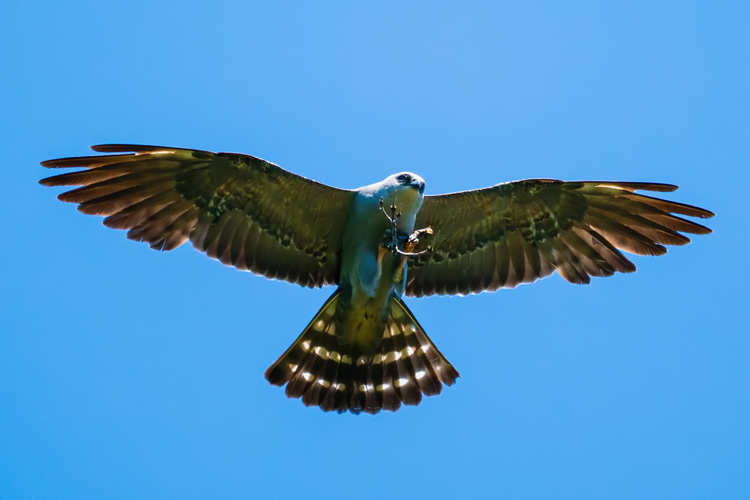
Adult Mississippi Kite (Ictinia mississippiensis) carrying twig with green leaves to adorn nest.
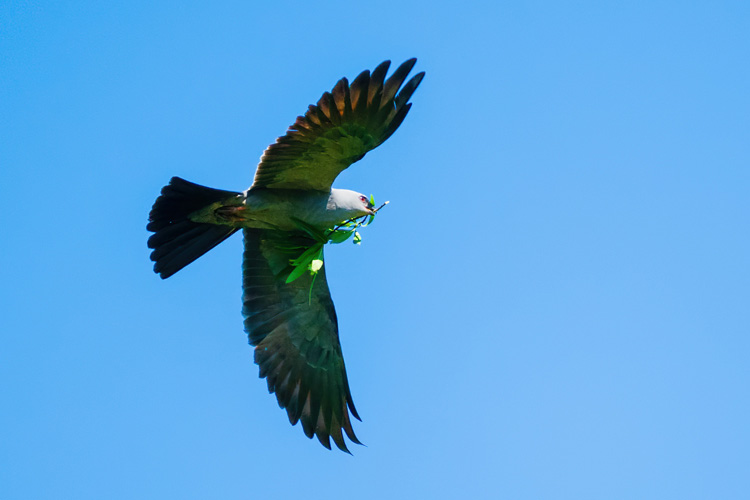
A couple days later we found the kite nest about 100 feet up in a Tulip Poplar (Liriodendron tulipifera) tree. With a spotting scope we were able to discern a small, downy white nestling probably no more than a week old.
Nestling Mississippi Kite (Ictinia mississippiensis)
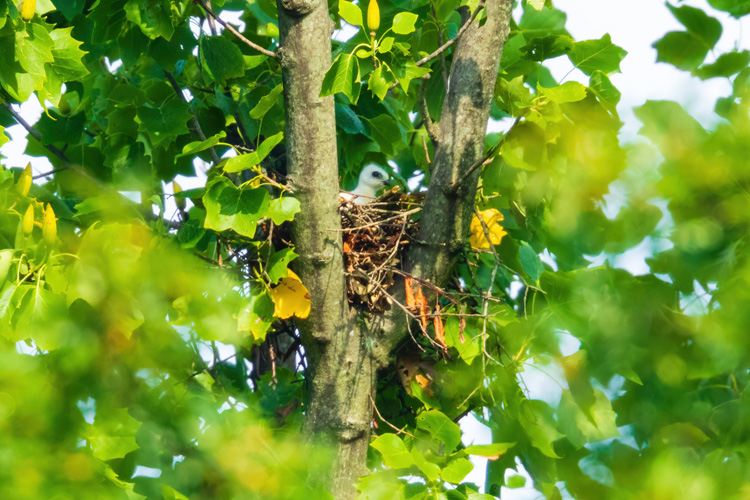
The nestling kite grew quickly and fledged in about three weeks.
Fledgling Mississippi Kite (Ictinia mississippiensis)
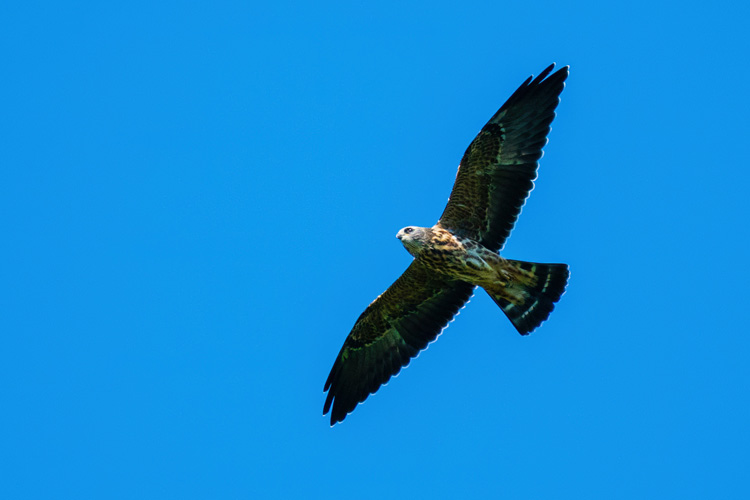
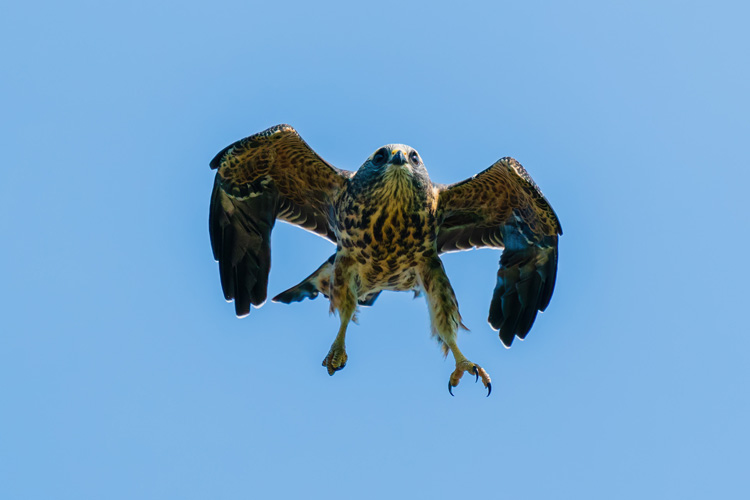 Fledgling Mississippi Kite (Ictinia mississippiensis) trying to take cicada from adult.
Fledgling Mississippi Kite (Ictinia mississippiensis) trying to take cicada from adult.
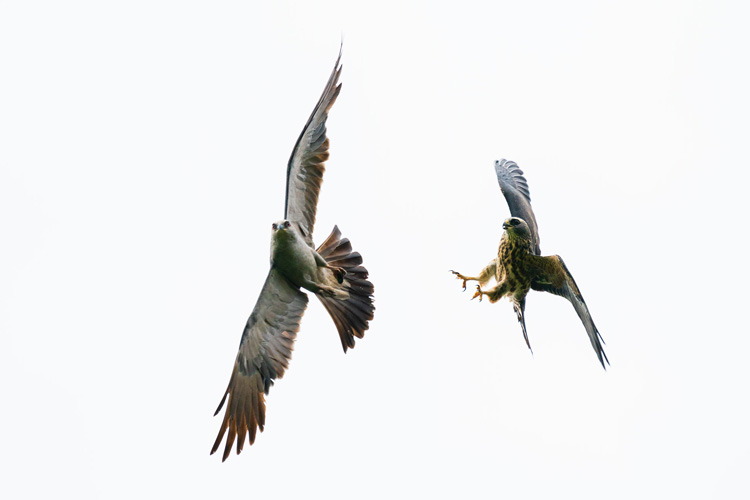
Cloud Forests of Ecuador
We made our third trip to Ecuador to visit the cloud forests of the western slopes of the Andes and to see and photograph a handful of very special birds. I've always been intrigued by the birds that skulk around on the dark floors of the tropical and montane forests, because they can be surprisingly attractive, but are often very difficult to see and even harder to photograph well. Many of these birds fall into the category of "more often heard than seen". Our first destination was Refugio Paz de las Aves, a working farm and bird sanctuary where several antpittas can be seen exceptionally well and photographed even better. Thanks to Angel, Rodrigo and Venicio Paz we were able to see a grand slam plus one of antpittas and a spectacular tapaculo, among other fabulous birds. Angel and Rodrigo were incredible guides and put me in position to get shots that I would have never considered possible. See the links at the bottom of this page for more photos of these lovely birds and other similar species.
"Maria" - Giant Antpitta (Grallaria gigantea)
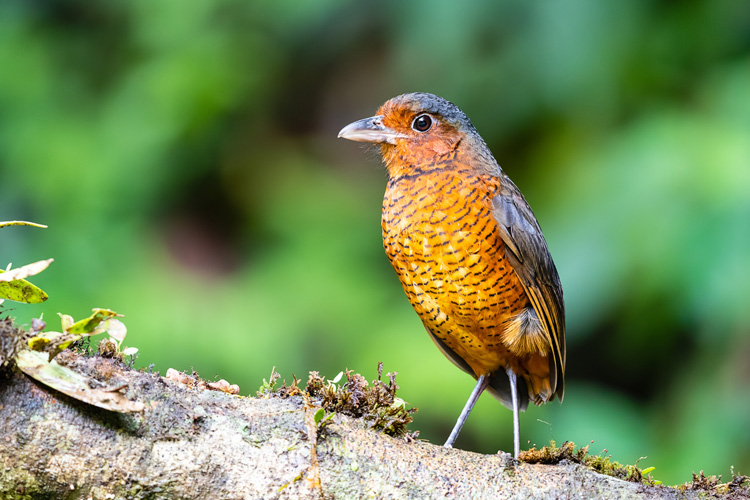
"Andrea" - Chestnut-crowned Antpitta (Grallaria ruficapilla)
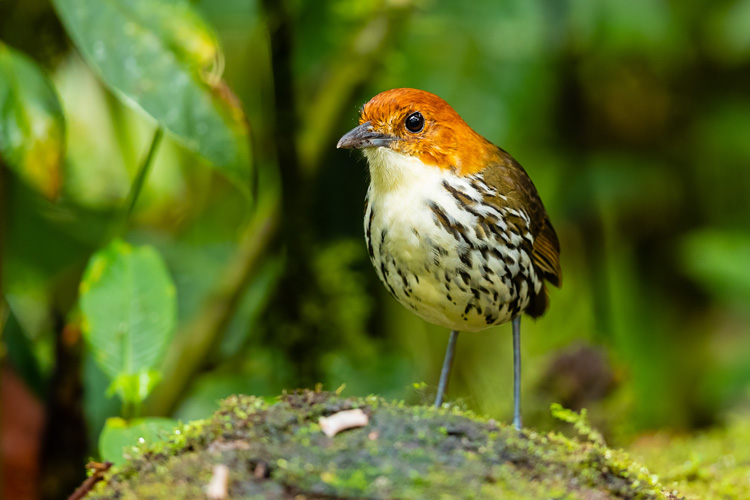
"Susanna" - Moustached Antpitta (Grallaria alleni)
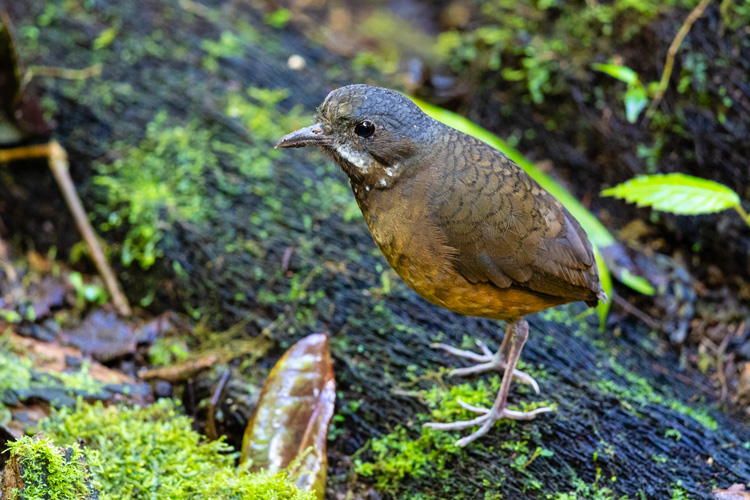
"Willamina" - Yellow-breasted Antpitta (Grallaria flavotincta)
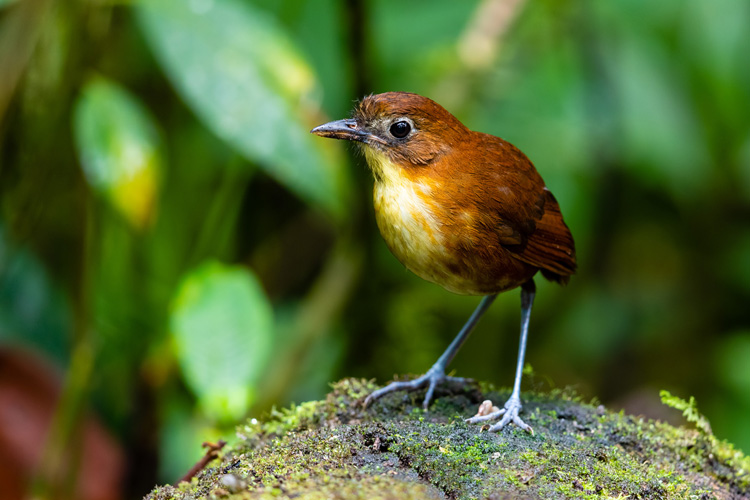
"Shakira" - Ochre-breasted Antpitta (Grallaricula flavirostris)
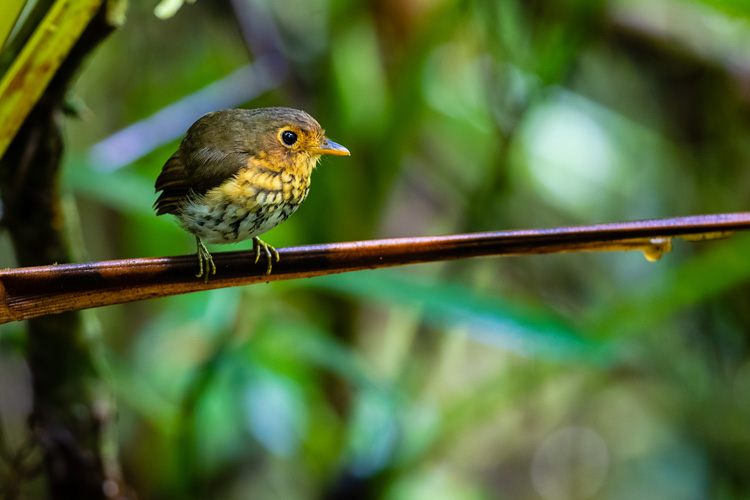
Ocellated Tapaculo (Acropternis orthonyx)
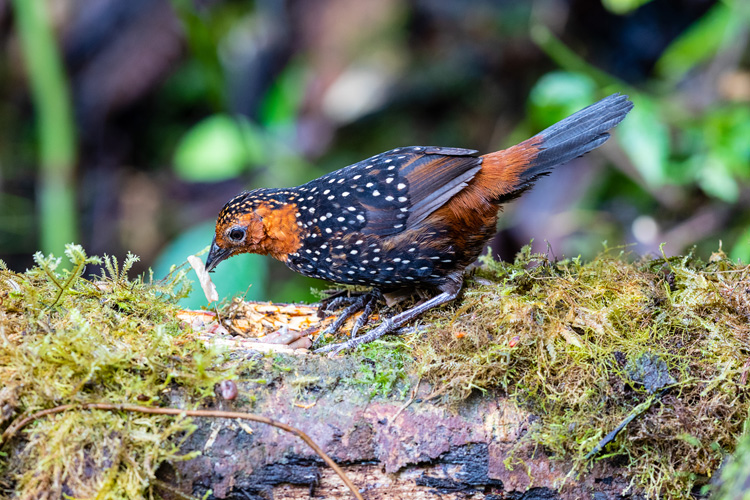
It goes without saying that the hummingbirds of South America are vividly colored and beautiful and I always enjoy watching and photographing them, but on this trip we also wanted to see Andean Cock-of-the-rock and Long-wattled Umbrellabird. As beautiful as the Cock-of-the-rock is, the Umbrellabird is among the strangest.
Andean Cock-of-the-rock (Rupicola peruvianus)
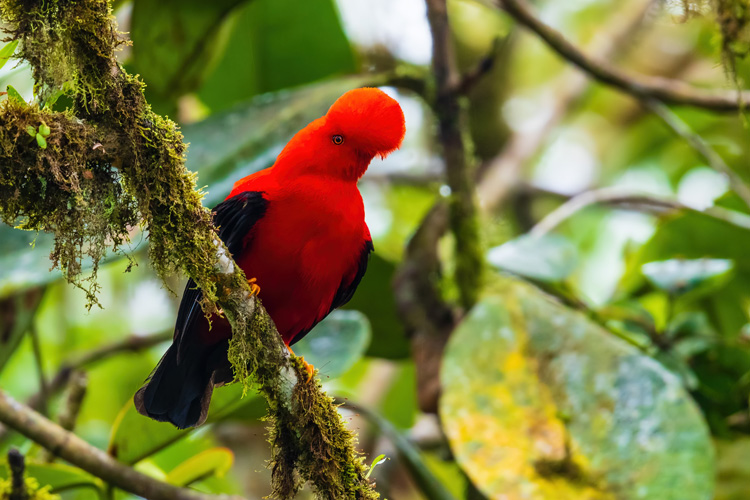
Long-wattled Umbrellabird (Cephalopterus penduliger)
